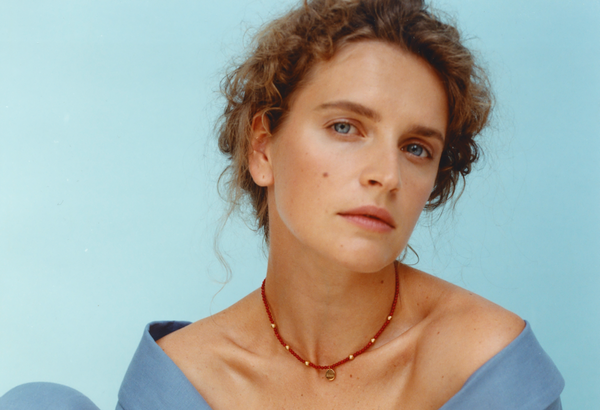Indoor plants, parks, plant-covered walls, and balconies overflowing with flowers—the Urban Jungle Budapest team has been looking for the city’s greenery since 2018, and organizing a series of walks and workshops to create a community of plant lovers who help each other. Their latest program explores edible plants in the Füvészkert (ELTE Botanical Garden). How did it all start? Why do we keep houseplants? Where do rice and lemons grow in Hungary? We asked Nóra Hadobás, founder of Urban Jungle Budapest.
Urban Jungle Budapest started in 2018. Where did the initial idea and inspiration come from?
I grew up around plants, and taking care of them has always been part of my life. During that time, communities specifically focused on houseplants were springing up in the West, and I thought that Hungary could have one too. It all started with an Instagram page in a hotel room in Hamburg, although, at that time I didn’t exactly know what I wanted to do with it. I just felt that it was a topic that had been haunting me for a long time, that I couldn’t get tired of, and something that kept sparking new questions and ideas in me.
So it all started with houseplants. How many houseplants do you have?
I never counted. The ease of acquisition in today’s world has not made me a slave to collecting. I personally find too many houseplants to be a burden. For me, the most precious and meaningful plants are the ones I inherited from my mother or grandmother, and I’m very attached to them, so tend to I concentrate on the ones with sentimental value.
You are not doing it alone anymore, you have built up a whole team. Who have you gathered around you?
I am lucky because this project has always attracted good people and good connections. It wasn’t a particularly targeted search, people just started coming, including a horticultural engineer, an urban planner, a communications specialist, and a floral stylist. I think this diversity is what gives our team its strength.



You run different workshops, like How not to kill your houseplants? (Hogyan ne öld meg a szobanövényeidet?) or Taming hysterical houseplants (Hisztis szobanövények megszelídítése). What knowledge do you see lacking in this area?
The experience is that you have to start from the basics because people have a lot of misconceptions and misbeliefs, whether it’s about the choice of soil or transplanting. These may determine whether a plant survives or dies. Another important aspect is consciousness. Essentially, there are very simple things that are needed to keep a plant alive: light, water, the right humidity, and medium, and the right proportion or combination of these. You can only really understand and appreciate all of this once you’ve gained knowledge. We do not prescribe specific rules, such as how many times a week you should water, because that depends on many factors. Something that doesn’t thrive in my home can thrive in someone else’s, it can bloom, it can bring new shoots in a different environment, and it can be happy. Fortunately, in recent years we’ve had a lot of people join us for workshops, and we also have individual online consultations where people bring their specific questions and problems and our experts answer them.
How much has the COVID pandemic and the restrictions increased the interest? There were quite a few plant-themed Facebook groups popping up at the time.
What I see is that the pandemic and whatever’s going on in the world have increased people’s need to keep something under control, and plant care and gardening give you that. On the one hand, it requires an intense presence, because you have to keep an eye on where it is creeping, climbing, what’s drying, wilting, yellowing, or whatever’s happening to it. On the other hand, you get feedback which you have to learn to interpret and react to immediately. For example, if the ground is dry, I water it, if there is not enough light, I move it closer to the window. These small changes can have a positive effect on the life of a plant, which makes you feel good. And then of course there are the known benefits of plants, from oxygen production to the calming effects of the color green.


Your latest event is the Gastro Walk and Tasting in the Füvészkert (Gasztroséta és kóstoló a Füvészkertben), which is all about edible plants and eating. What is your intention with this walk?
There’s a concept called plant blindness, which is when people don’t notice plants, when they’re not aware of what they’re seeing. That’s why it can be exciting to go on a walk like this, go into the greenhouse, and there’s vanilla growing there. My aim with all this is that everyone can take away an idea that would be useful to them there and then, in their current life situation, and that might lead them to recognize a plant, or they would put rose jelly in their pancakes instead of peach jam, or make a cake or a salad with flower petals in it. Plus, hopefully, this will make their day better or make their mum happy. Beyond all that, a single thought can lead in many directions, opening up new perspectives, individual stories, historical and cultural insights.




When talking about Hungarian fruit varieties, we mainly think of apples, peaches, and plums. But on the walk, you mention several special species that we wouldn’t even imagine growing in our country.
Yes, one of them is rice, which is cultivated in the Great Plain and which is of such high quality that Europe’s largest baby food producer also buys from it, while we, Hungarians may consume it as a rice drink with various flavors. The other specialty is found in Lajosmizse, where Meyer lemons are grown in polytunnels over several hectares. It has thinner skin, a more aromatic flavor and fragrance, and is juicier than the average lemon, which is why it is so popular in gastronomy and confectionery. In addition, kiwi and tea are also grown in Hungary, and you can learn more about this on the walk.
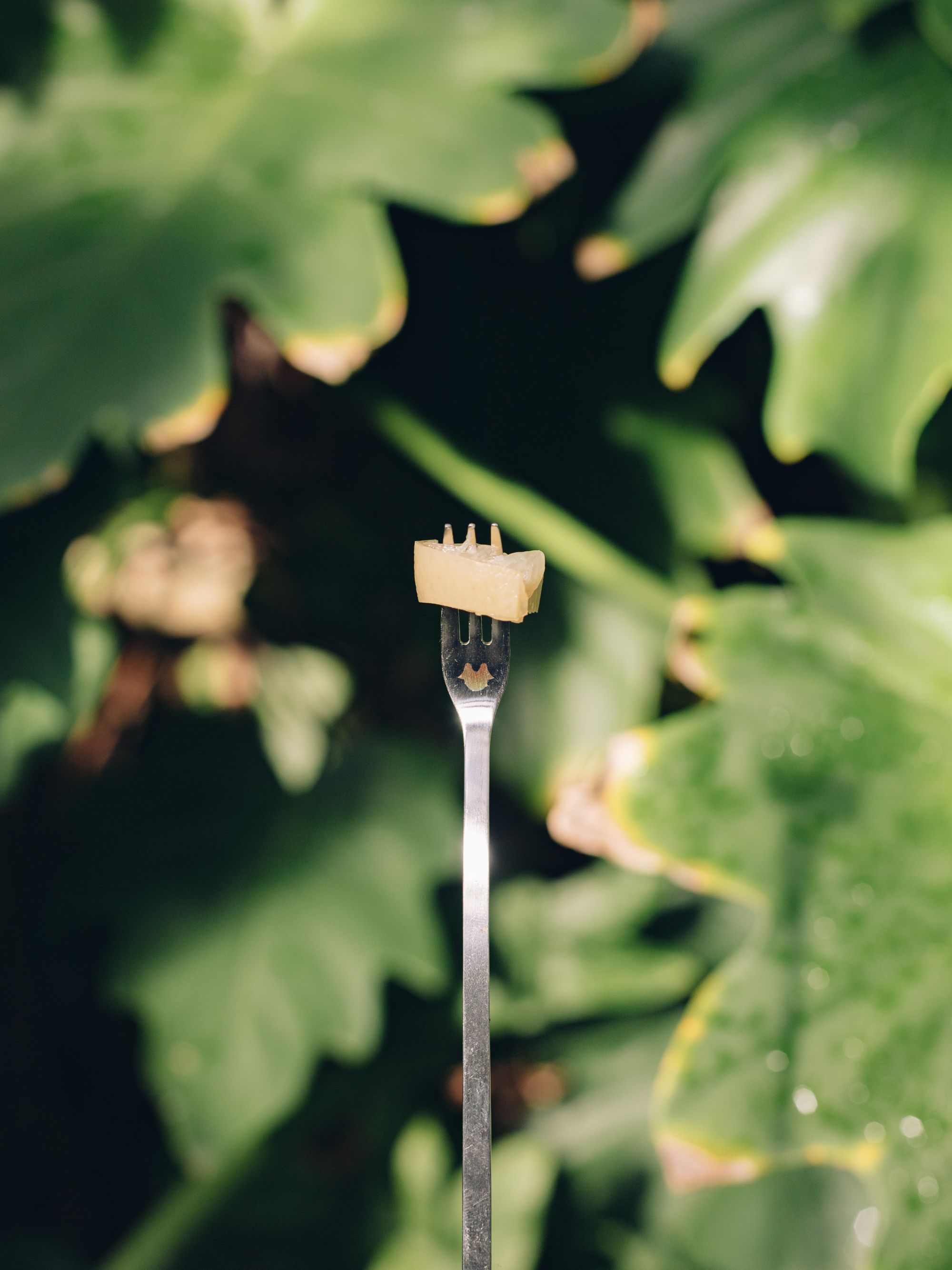
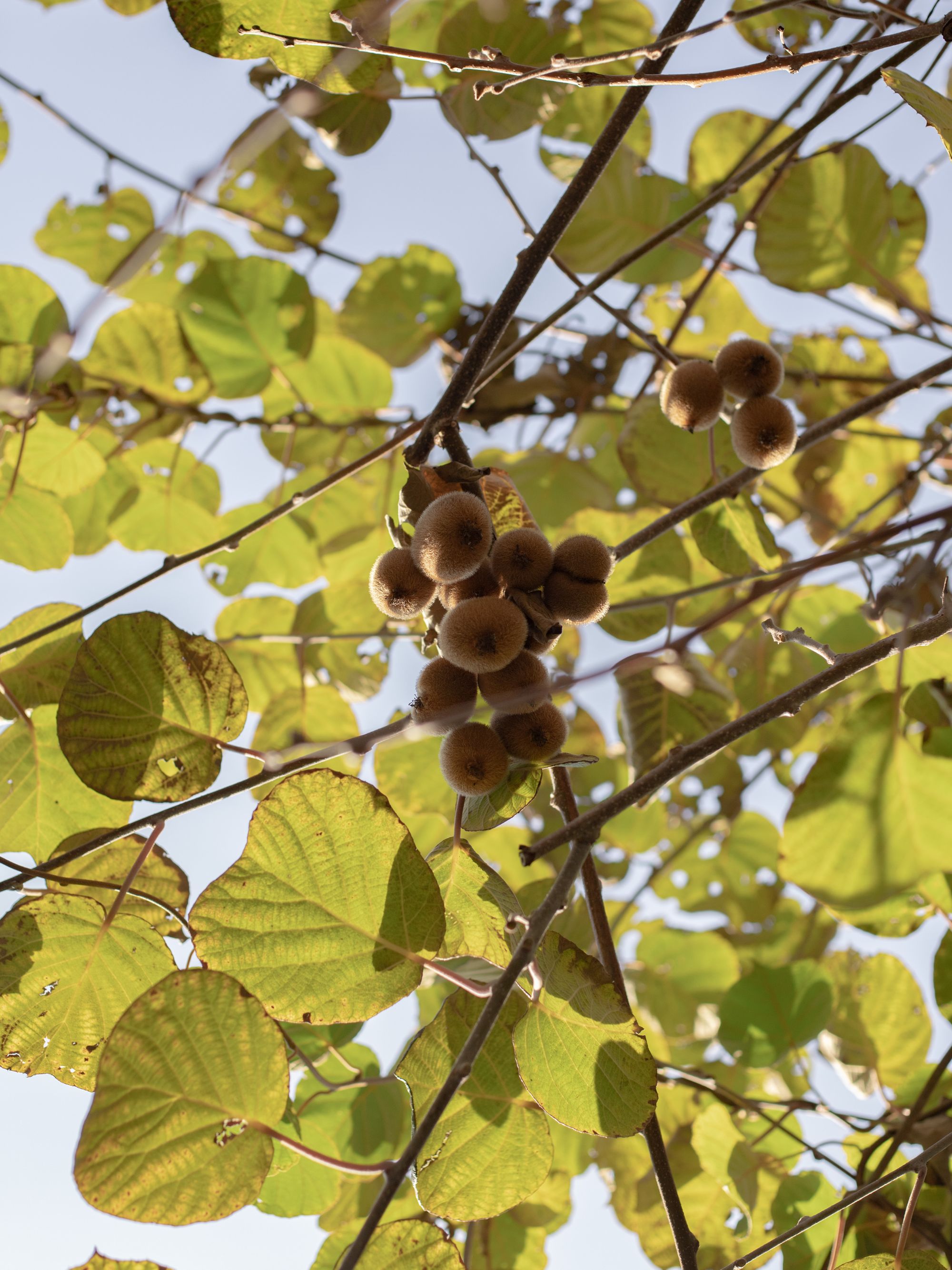


So you can learn a lot about plants by eating them.
Yes, for example, I really like going to the market, where I learned a lot about them. On the one hand, there is the seasonality, that we have what we have and we have to cook with that, and on the other hand, there is the diversity of plants, that there are several types of potatoes, what the differences are between them, which ones are good for what. It helps you to get back into the cyclical rhythm of nature.
Do you always cook at home?
Not always, but I love cooking. However, I also love going out to eat.
Do you have any favorite places in Budapest?
My taste runs pretty much the gamut, but my big favorites are 101 Bistro and Marci Keve’s cooking, and Két Szerecsen is also outstanding. I think the best pizza in town is at a place called Hétköznapok in Budafok, which is run by Csaba Sajben, it’s worth going out of the city for. Otherwise, I’m not hard to be charmed, I’m a grateful eater, but there are places that stick with me or that I’m happy to go to any time, like the ones I’ve mentioned.


In addition to the new gastro walk, you’ve also recently opened an apartment-showroom. What other plans do you have for the near future?
I see a lot of future possibilities, but the past few years have taught me that it’s hard to truly plan ahead. Having a real physical location is already a dream come true, but Urban Jungle Budapest is really a kind of mindset that can work equally well in the Füvészkert, in an apartment-showroom, or in a corporate workshop. It can show up anytime and anywhere, and that’s the beauty of it.
Urban Jungle Budapest | Web | Instagram | Facebook
Photos: Dániel Gaál
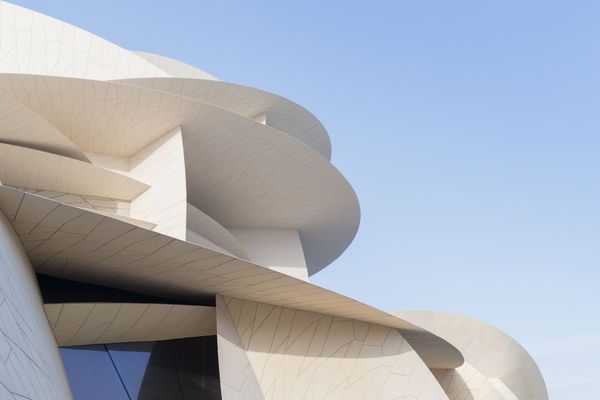
Desert rose inspired the National Museum of Qatar
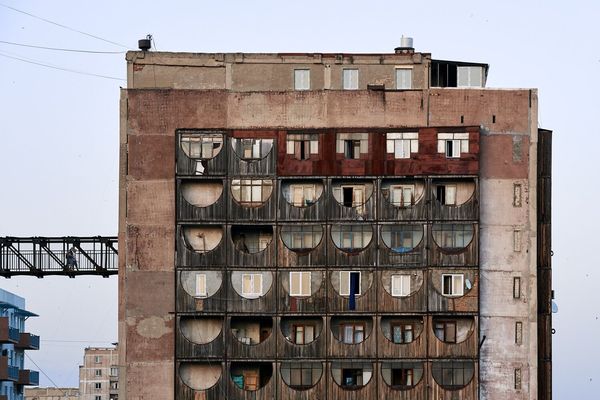
The pride of Soviet modernist architecture: Georgia | TOP5
